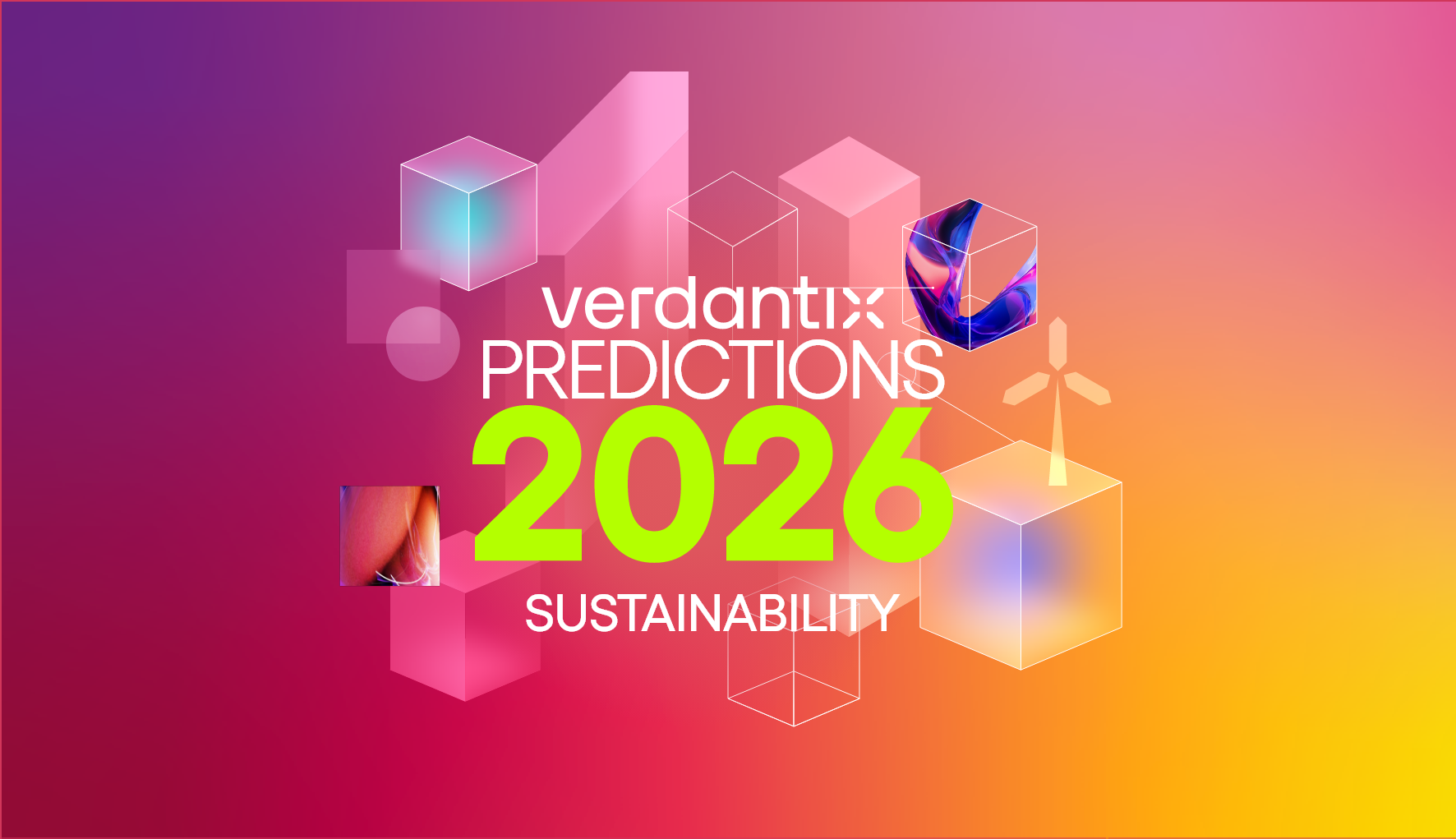How To Prepare For Pending Climate-Related Disclosure Regulations
Up until now, firms have primarily been disclosing their carbon emissions and climate risk strategies on a voluntary basis, such as to obtain a Science Based Targets initiative (SBTi) certification or to include in a corporate sustainability report. However, as the EU’s Corporate Sustainability Reporting Directive (CSRD) comes into effect, and more and more regulators announce mandatory carbon and climate-related disclosures, this is likely to shift. Through interviews with 350 net zero leaders and 400 sustainability executives over the last year, Verdantix finds that corporates are increasingly concerned about these disclosure requirements, and the current flurry of climate-related regulations is bound to only increase these concerns.
For many corporates, keeping track of upcoming disclosure requirements is a daunting task. In the last month alone, the state of California signed two sweeping climate disclosures rules, the European Commission announced delays to sector-specific and non-EU reporting deadlines for the CSRD, Brazil announced new sustainability and climate-related disclosure requirements, and Australia announced proposed standards for firms to report climate-related information. Meanwhile, firms in the US have witnessed the SEC further delay its proposed climate-related disclosure rule. While the scope and complexity of these regulations vary, there are some commonalities: calculating and disclosing (at minimum) Scope 1 and Scope 2 emissions, obtaining assurance for emissions estimates, developing climate-related strategies, and evaluating financial risk. But the disparate regulations are creating confusion for firms, as they try to navigate what, when and to whom they need to file climate-related disclosures.
For the majority of organizations, these requirements will be too complex for internal teams to manage. As regulatory deadlines loom closer, we expect corporates to increasingly turn to service providers and software solutions to calculate their carbon footprint and provide traceability and transparency for required verification processes. But where to begin? The first steps, typically, are understanding what climate disclosure regulations could impact your firm and figuring out an action plan to effectively prepare for these requirements. To gain insights into how your firm can prepare, please join us in our upcoming webinar on November 14.
For more information, please see Verdantix Green Quadrant: Climate Change Consulting 2023, Verdantix Green Quadrant: Enterprise Carbon Management Software 2022 and Verdantix Buyer’s Guide: ESG Assurance Services (2022).
About The Author

Jessica Pransky
Principal Analyst





